A lot of people are familiar with “Proud Mary” in some form or another. The Creedence Clearwater Revival version is the original, of course, written by John Fogerty. Then there’s the famous Tina Turner version, as well as more than 100 other covers. Here are a few facts about the origins of the song, released in 1969 on the album Bayou Country.
Videos by American Songwriter
Initially, “Proud Mary” Didn’t Feature a Riverboat
When John Fogerty first started writing the lyrics to “Proud Mary,” a riverboat didn’t factor into it. “She gets off the bus every morning and goes to work and holds their lives together,” he has said, per a report from Far Out. Simply put, she works, and, as Fogerty added, “Then she has to go home.”
“Proud Mary” went from being a maid to a riverboat thanks to bassist Stu Cook and the show Maverick. Apparently, as they were watching the TV show, Cook made the comment, “Hey riverboat, blow your bell.” Fogerty allegedly liked the quip, and agreed that a riverboat should feature in the song he was working on.
John Fogerty Completed the Song After Getting Discharged From the Army
Fogerty was drafted into the Army Reserves in 1966, serving at Fort Bragg, Fort Knox, and Fort Lee, before he was discharged in 1968. According to Fogerty’s recollection from Bad Moon Rising: The Unofficial History of Creedence Clearwater Revival, “The Army and Creedence overlapped, so I was ‘that hippie with a record on the radio,’” he said.
He received his honorable discharge papers, and said, “I was so happy, I ran out into my little patch of lawn and turned cartwheels. Then I went into my house, picked up my guitar and started strumming. ‘Left a good job in the city’ and then several good lines came out of me immediately.” He continued, “I had the chord changes, the minor chord where it says, ‘Big wheel keep on turnin’/Proud Mary keep on burnin” (or ‘boinin’,’ using my funky pronunciation I got from Howling’ Wolf). By the time I hit ‘Rolling, rolling, rolling on the river,’ I knew I had written my best song. It vibrated inside me. When we rehearsed it, I felt like Cole Porter.”
However, the song wasn’t based on any life experience Fogerty had. Because he was in the army, he had never gone farther east than Montana. Fogerty mentioned in his 2015 memoir Fortunate Son that despite writing the songs “Proud Mary” and “Born On the Bayou,” he had never seen the Mississippi River. Eventually, he took a trip to Memphis and finally saw the places that inspired some of his songs.
In 1971 Tina Turner Earned a No. 4 On the Charts with Her Version of “Proud Mary”
Ike and Tina Turner’s version of “Proud Mary” is just about as well-known as the original, and earned them a No. 4 on the charts in 1971. The cover was a hit at live shows for Tina, and she imbued it with a wild, feminine energy that took it to new heights. Speaking with Rolling Stone in 1971, Tina Turner explained how she and Ike came to record “Proud Mary.”
“When we cut the album, we were lacking a few tunes, so we said ‘Well, let’s just put in a few things that we’re doing on stage. And that’s how ‘Proud Mary’ came about,” said Tina. “I had loved it when it first came out. We auditioned a girl and she had sung ‘Proud Mary.’ This is like eight months later, and Ike said, ‘You know, I forgot all about that tune.’ And I said let’s do it, but let’s change it. So in the car Ike plays the guitar, we just sort of jam. And we just sort of broke into the Black version of it.”
She added, “It was never planned to say, ‘Well, let’s go to the record shop, and I’d like to record this tune by Aretha Franklin’… it’s just that we get it for stage, because we give the people a little bit of us and a little bit of what they hear on the radio every day.”
Featured Image by Michael Ochs Archives/Getty Images

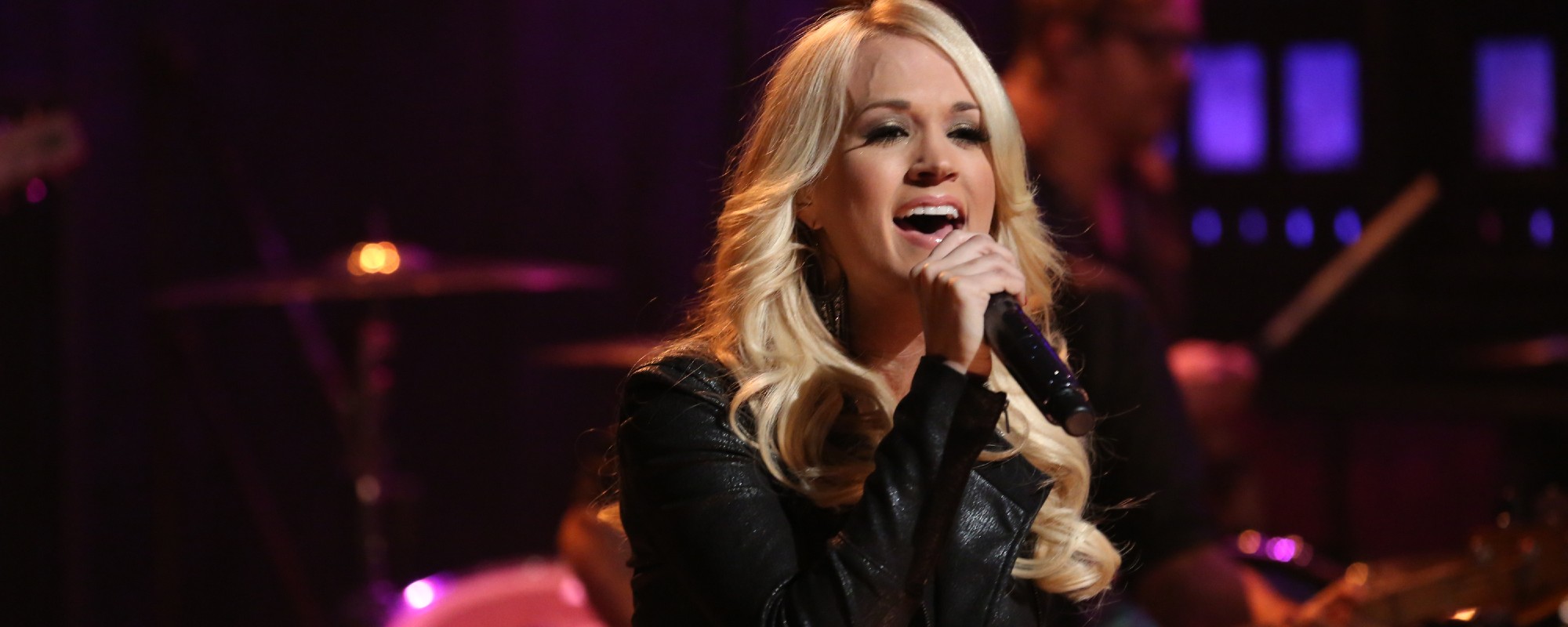
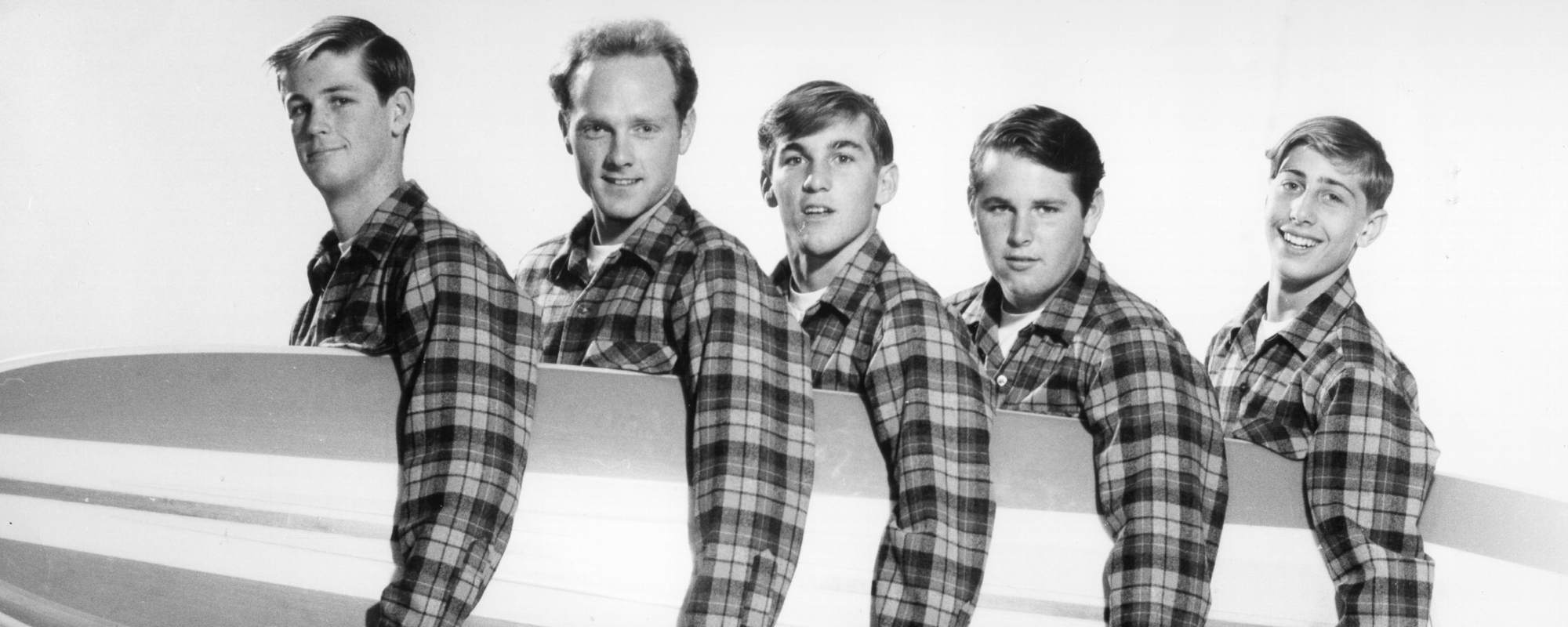
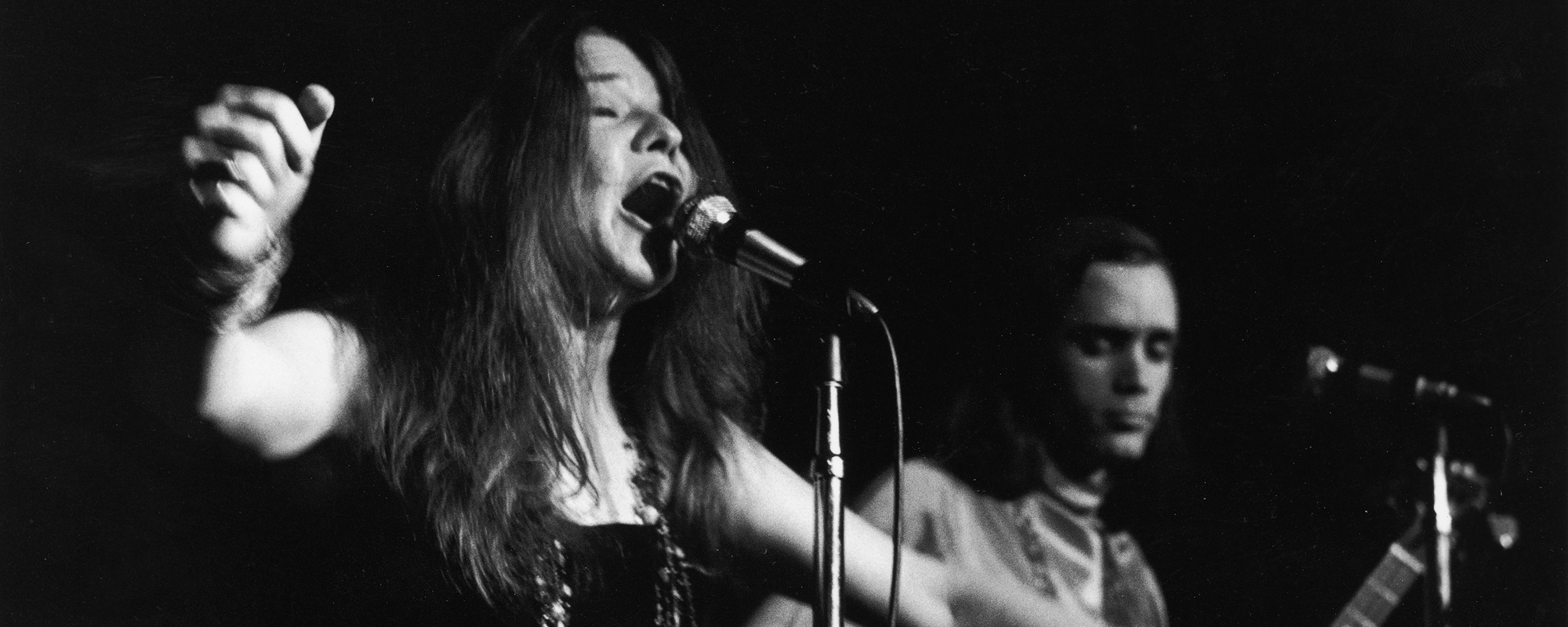




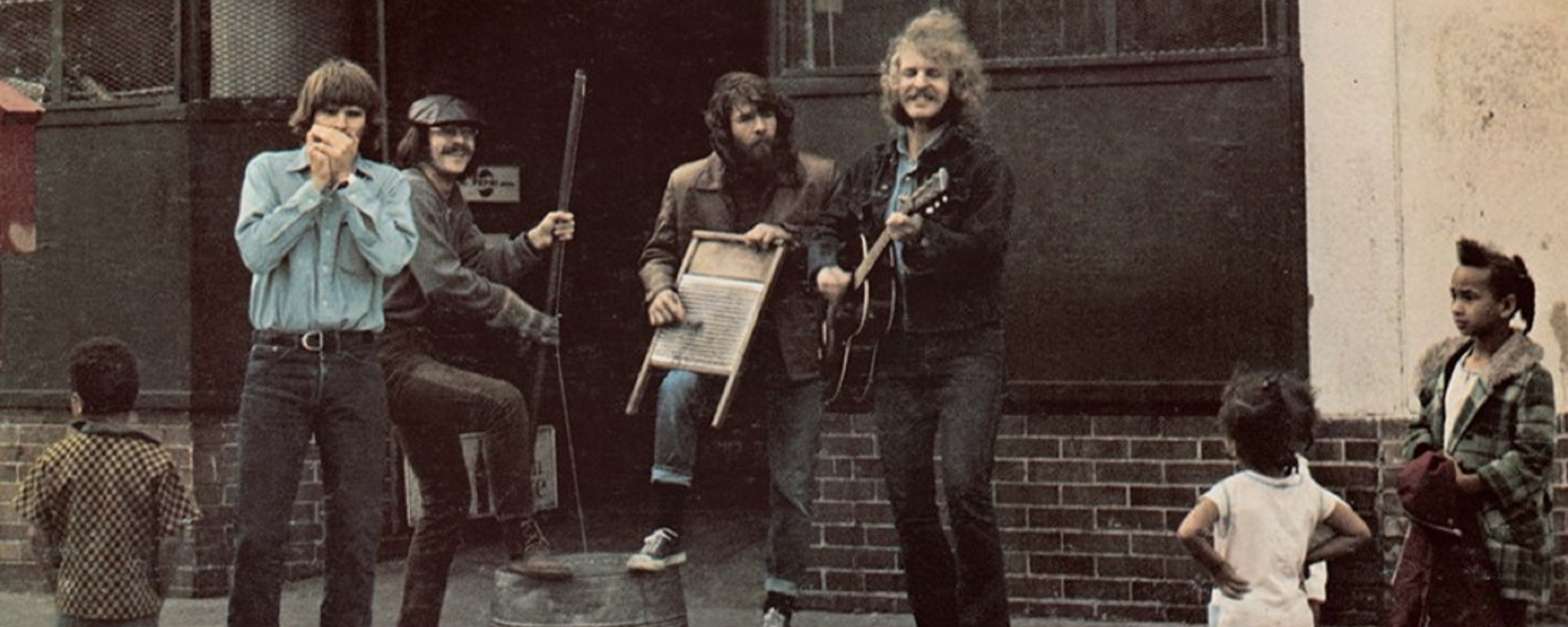


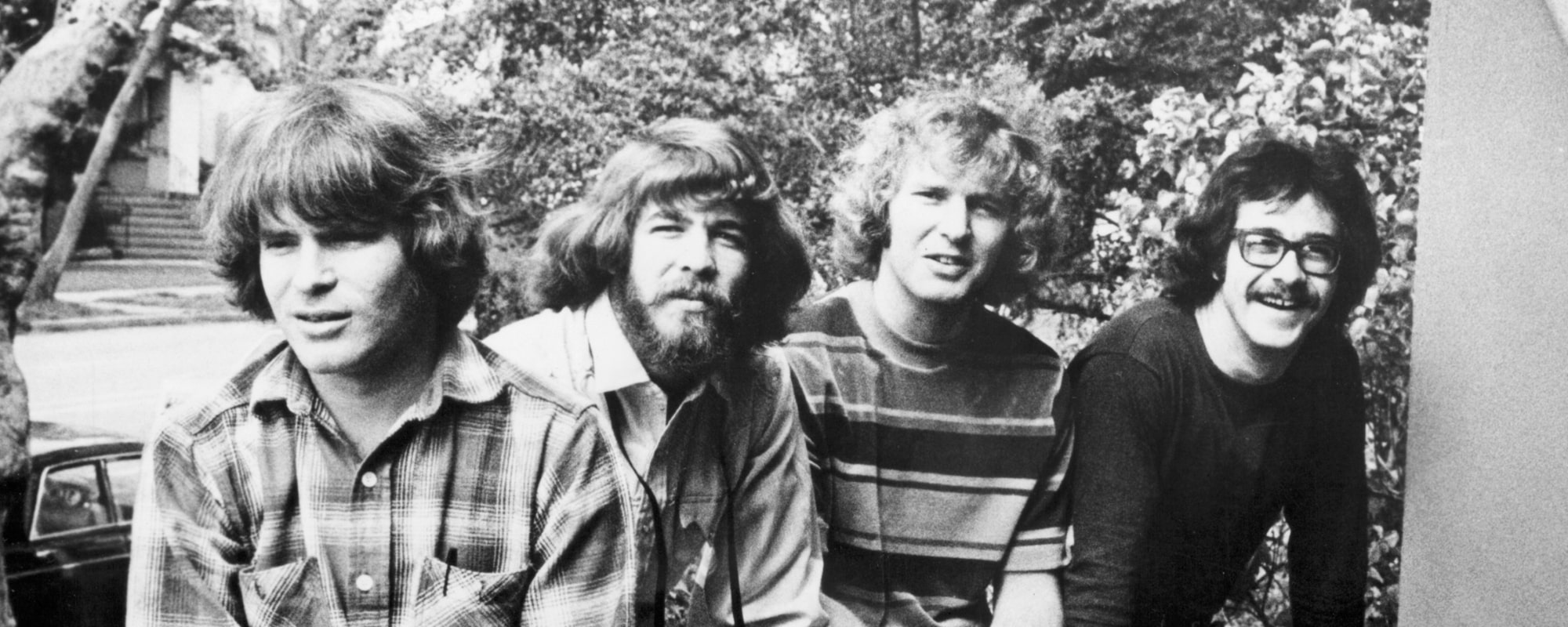
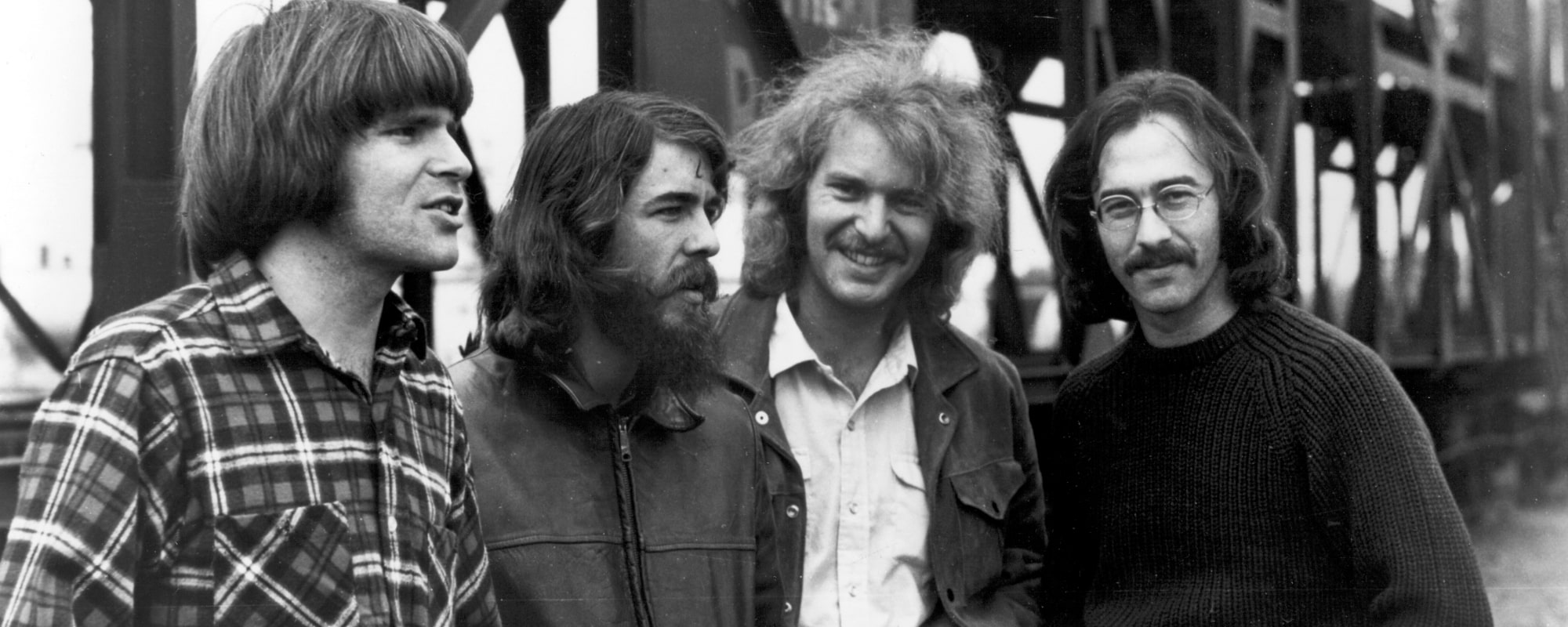
Leave a Reply
Only members can comment. Become a member. Already a member? Log in.